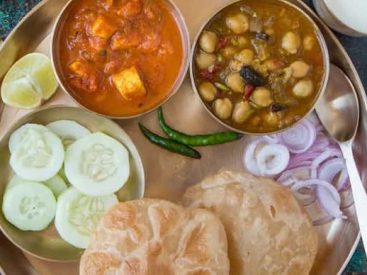The foods and drinks we consume contain natural chemicals (vitamins, minerals, fat, sugar, protein, flavonoids, toxicants, hormones and more) that can positively or negatively impact human health. Since 1971, a multistate project has brought together researchers at 22 Land-grant Universities to conduct cutting edge research on the effects of […]
Delicious!
Delicious!



